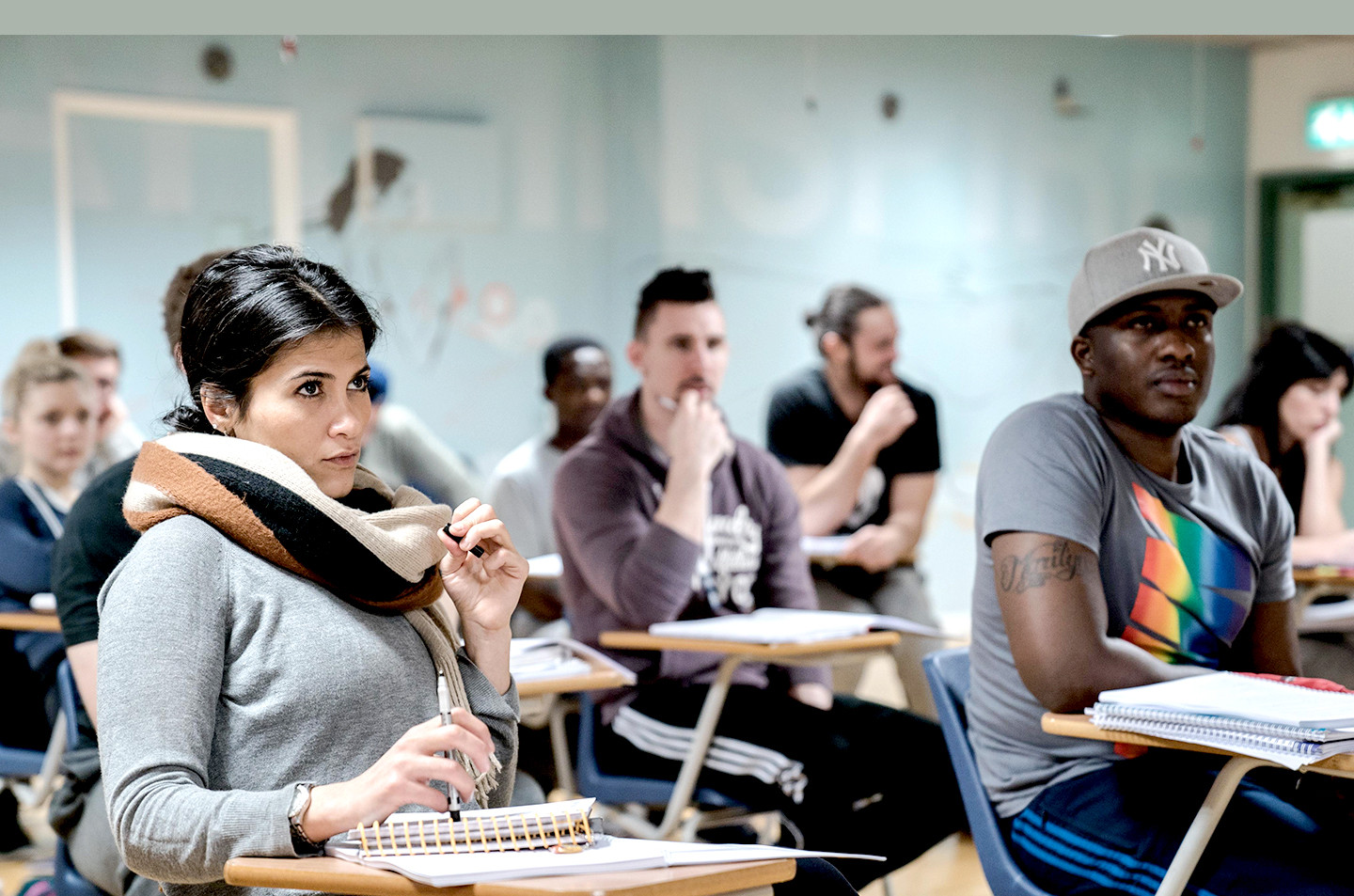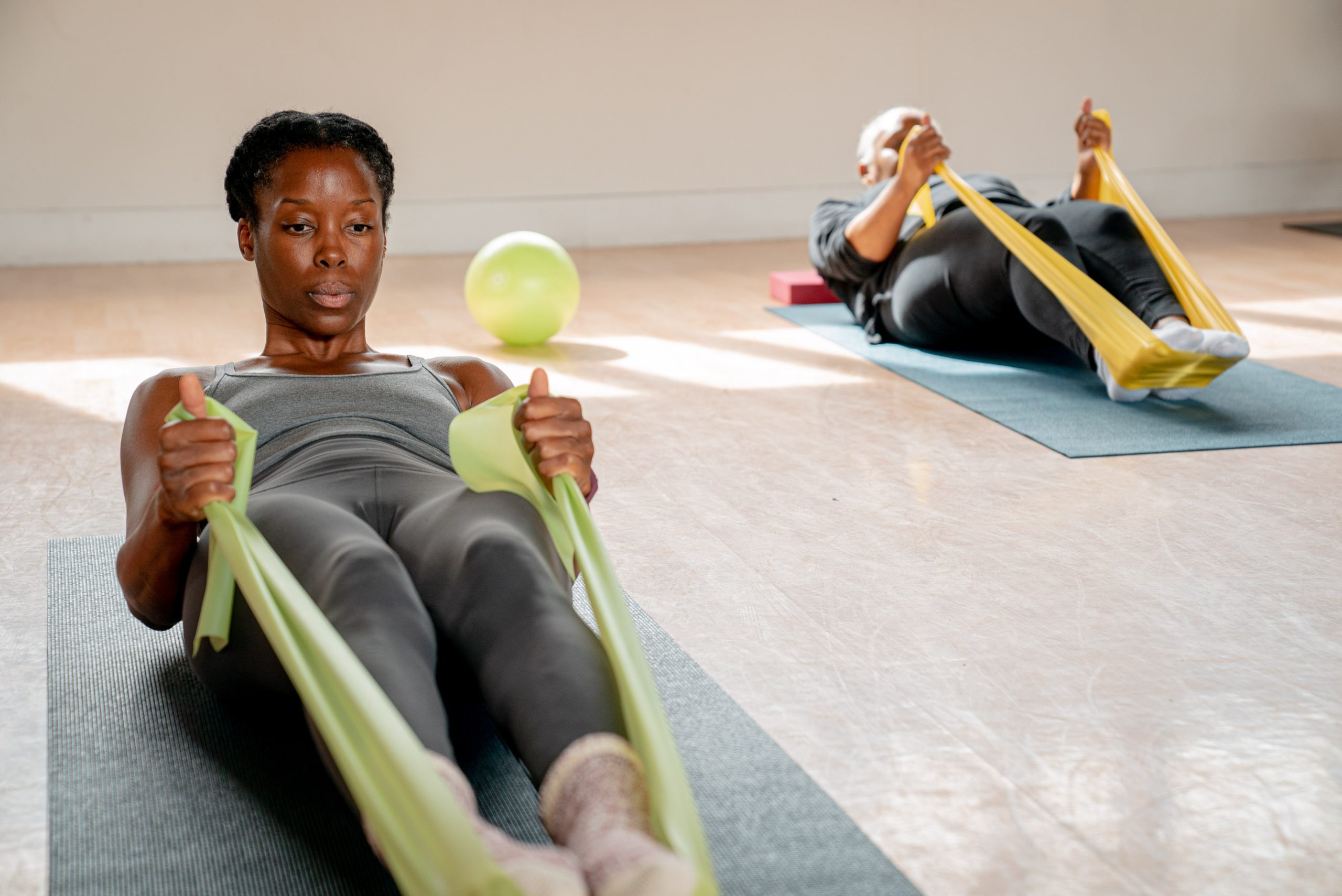Should personal trainers be offering recovery and longevity coaching in the biohacking boom?
A Tutors Perspective
With the rise of biohacking and longevity-focused wellness, recovery coaching is becoming an essential skill for personal trainers. This article explores how Personal Trainers (PTs) can integrate recovery and longevity strategies into their services to stay competitive.
What Is biohacking and why does it matter for personal trainers?
Once the preserve of the sporting elite – and the rich and famous – biohacking is the use of unconventional biological science to change the chemistry and physiology of the body and mind to prolong their effectiveness.
Kathryn Danzey, a health coach with the Institute of Integrative Nutrition, and founder of supplement brand Rejuvenated, says. “The intention is that you will not only have a longer life span, but you will have a longer health span; living without disease and maintaining mental agility, energy and stamina.”
From a PT’s perspective, biohacking is a physical therapy to benefit your clients by enabling them to train better and recover effectively, thus reducing the risk of injury.
For example, search the internet for the term biohacking and you’ll find several stories of runners’ personal bests being attributed to the benefits of biohacking.
Biohacking treatments encompass various kinds of recovery techniques to improve the body’s ability to be a better version of itself – practices such as hot and cold therapy, compression and oxygen therapy that alter the biological state of the body, all of which have been found to stimulate muscle recovery and healing.
So, as a PT, why should biohacking matter to you? Your business depends on satisfied clients – enabling them to feel better, enjoy more sustained training periods with effective recovery will enhance your reputation via said client satisfaction. What’s not to like?
The role of recovery & longevity in modern fitness coaching
Although the biohacking boom is a relatively new therapy for us mere mortals, it’s been around for the last 20 years or so, known to the science community, the wealthy and the elite sporting world.
You might have heard it called ‘DIY biology’ or ‘garage biology’, the latter being referred to by biologist and author Rob Carlson in his book Biology is Technology in 2005.
What biohacking physical therapy has established, is that it’s not just how well you train, how well you recover matters just as much, if not more.
Recovery has long been neglected by past generations, but not anymore. All PTs know recovery is vital to help the body restore itself after the stresses and strains of exercise.
And this doesn’t just apply to athletes and fitness enthusiasts. Anyone who wants to maintain a healthy lifestyle, prioritising recovery is essential for long-term success.

Top recovery strategies personal trainers can implement
The more you move, the more you need to think about recovery to support the training journey.
Let’s begin with the oldest bio hack of all – a good night’s sleep! Adequate sleep is vital to help the body (and mind) recharge. The more we exercise, the more we need our sleep.
Fuelling your body is another basic requirement to maximise its ability to recover. Eating balanced meals throughout the day including protein, carbohydrates and fats will help promote peak performance, whether you’re running a marathon or a couple of laps of the local park.
The ‘warm down’ is among the most common and well-known recovery techniques. A walk, swim, cycle or even a light jog are perfect options to explore for an active recovery. By continuing to move the body it promotes blood flow to the muscles, helping to transport vital nutrients and oxygen to help the recovery process in preparation for the next training session.
Another common recovery therapy is the contrast (hot/cold) technique. Rapid change in temperature can increase heart rate and therefore increase blood flow and reduce inflammation.
PTs can recommend this to their clients to do at home, alternating a two-minute warm shower with a one-minute cold shower, repeating the process four times. As a person gets more comfortable with the process, get them to increase the duration of the cold.
Depending on available facilities, saunas and ice baths are two more ways to help the body recover after exercise.
These are the simplest, and most common, physical therapies available to PTs, but biohacking can take on more extreme, and costly, measures, such as cryotherapy chambers, hyperbaric hydrogen and oxygen therapy, and leg compression therapy at specialist clinics.
Essential qualifications for offering recovery and longevity coaching
Here at the YMCA, we’ve been developing UK-regulated and globally recognised qualifications for 25 years.
We have various Level 3 diplomas, all endorsed by CIMSPA (The Chartered Institute for the Management of Sport and Physical Activity), that will equip you to become a PT.
They are classed as occupational entry qualifications, which means they provide the knowledge and skills to meet industry minimum standards of deployment for a particular role. Further to this, we offer Continued Professional Development courses for fitness instructors looking to broaden their service offerings. Explore our PT and CPD offerings here:
How to market recovery coaching as a PT
Marketing your PT business is all about YOU – showing people who you are, what you offer, and why they should trust you. You’re selling your personal brand not just a service.
Having the relevant qualification(s) and illustrating you offer an injury prevention course of action, such as biohacking, provides you with an extra selling point for why would-be clients should choose you.
Show clients you understand the benefits of recovery – as we said earlier in this blog, what biohacking physical therapy has established, is that it’s not just how well you train, how well you recover matters just as much, if not more.
If you are new to the market, here’s some top tips to get you started – of course, you choose what suits you best:
- Offer a free introduction to your services.
- Think about your brand – what is your USP, what sets you apart?
- Use social media to publicise you and your services to attract clients.
- Create your own social media group and encourage followers.
- Attend fitness, health and wellness events to get recognised.
- Try to get speaking opportunities at events to show off your knowledge and expertise.
- Use client testimonials to support good results.
Use SEO (search engine optimisation) to expand your reach through blogs like this!

Helping you find your place…
Our regulated health, fitness and wellbeing qualifications are designed with industry experts and employers.
Whether you’re a learner looking to take your first steps into the industry or you’re an established fitness professional, we have a qualification to help you get ahead. Find out more about our qualifications here.





